How to set up the XG Mobile with your ROG Ally or laptop
The ROG Ally is the ultimate handheld gaming device, but it can do more than just handheld play. Maybe you want to hook it up to a TV and play some multiplayer games with friends, or connect it to a monitor, mouse and keyboard for some esports action. Or maybe you want to boost the graphics power of your ROG Flow laptop for high-end 4K gaming. Enter the XG Mobile: a suite of external GPUs that can take your gameplay to the next level.
What is the ROG XG Mobile?

External GPUs allow you to bypass the chip in your device for something more powerful. This is particularly useful for ultra-compact devices, like our super-slim Flow line of laptops or our handheld ROG Ally. You can only fit so much graphics performance in a compact form factor, and while these devices are remarkably impressive in their own right, a more powerful GPU will allow you to game at higher resolutions and framerates.
We developed our XG Mobile to be better than other external GPUs, though. Instead of large, clunky devices that connect over Thunderbolt — which contains a certain amount of CPU overhead and doesn’t net you the full power of the GPU — we use a combination of USB Type-C and a direct PCIe connection to ensure you get the absolute most out of the XG Mobile’s graphics chip. In addition, the XG Mobile is ultra portable, about the same size as a hardcover novel. That means you can use it as a dock when you come home, or pack it in a bag and bring it with you with no fuss. The extra ports on the back ensure you can connect your monitor, mouse, keyboard, ethernet, and any other peripherals you need, turning your ultra-compact machine into a powerhouse to be reckoned with.
You can purchase the XG Mobile with a number of different GPUs built in, including an XG Mobile with the AMD Radeon 6850M XT and an XG Mobile with the NVIDIA GeForce RTX 4090 Laptop GPU.
How to connect and activate the XG Mobile
To connect the XG Mobile to your Ally or Flow laptop, remove the cover on the XGM port and connector, then insert it into the port on your device. Slide the switch into the locked position, and plug the XG Mobile into the wall using the included power cable. Do not unplug the XG Mobile from the wall or your laptop while it’s in use!
After plugging in the XG Mobile, you may get a notification that you need to download some drivers or updates — follow this process before continuing. You will not need to do this every time you use the XG Mobile, only when certain updates are available or required. You may need to restart your device before continuing, as well.
Once that process is done, inserting the XG Mobile should invoke a pop-up notification on screen asking you to activate the external GPU. Click OK, and wait for the switchover to happen. You’ll get a notification when the device is successfully running in eGPU mode. You may need to quit certain applications before they switch over to the new GPU.
Disconnecting the device follows a similar process. Again, remember to quit any applications using the GPU, then click the XG Mobile tray icon in the Windows taskbar. You’ll see a pop-up asking you if you want to deactivate the XG Mobile. Click OK and wait for the process to finish. You should receive a notification saying the XG Mobile is now safe to remove — at which point you can unlock the switch on the connector and disconnect the XG Mobile from your Ally or laptop. For more tips and tricks, check out our full guide to making the most of your ROG Ally and our guide to the Flow family of laptops.
Author
Popular Post
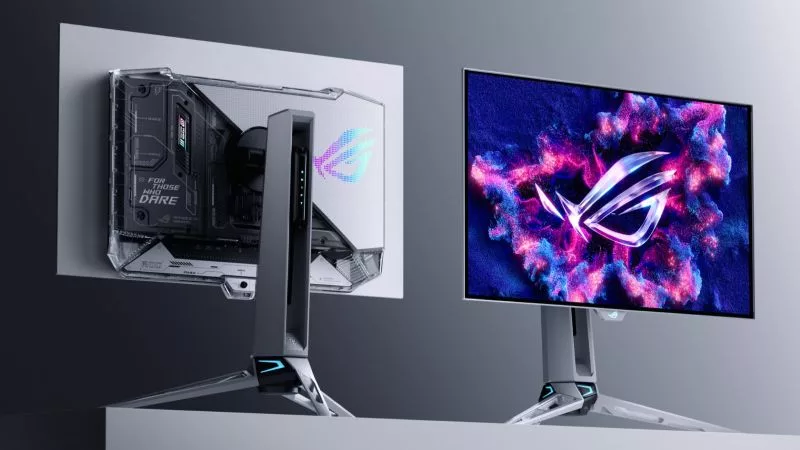
Prepare for Tandem OLED splendor with these new ROG gaming monitors

Introducing the ROG Xbox Ally and Ally X: ROG and Xbox team up to deliver the best in handheld gaming
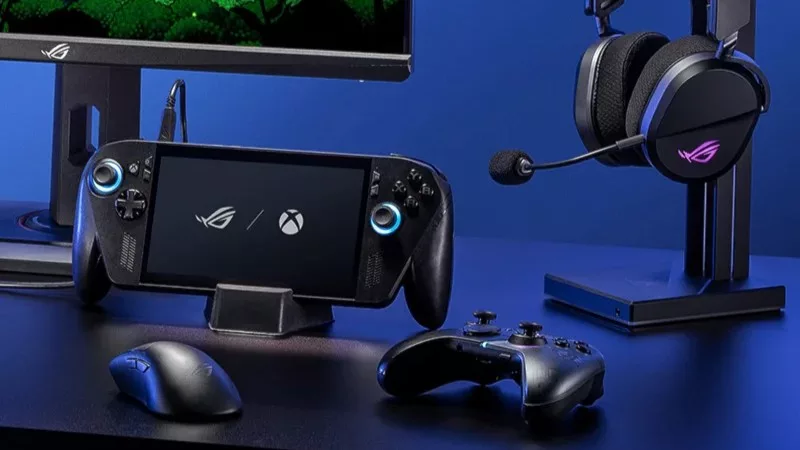
The best accessories to supercharge your ROG Xbox Ally
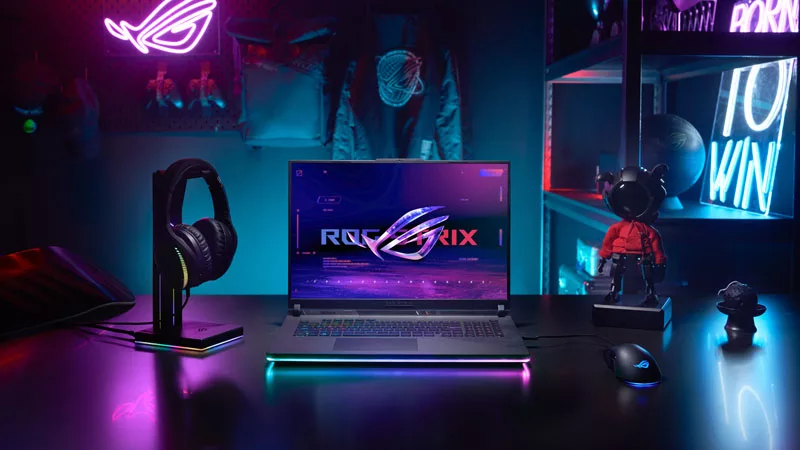
What CPU does your PC have? Here’s how to check
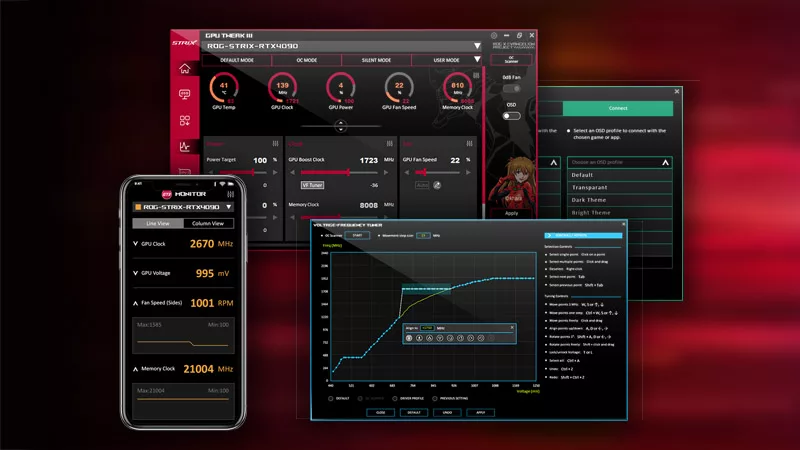
ASUS GPU Tweak III: The ultimate tool for advanced GPU tuning
LATEST ARTICLES
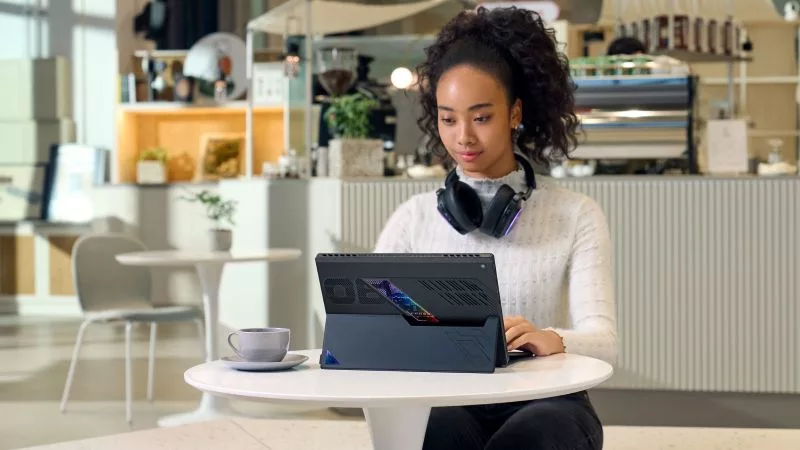
Level up your calls: ROG gear and tips to dominate Discord and Zoom alike
ROG headsets, laptops, and software give you the technology you need to effortlessly dominate virtual work meetings and gaming voice chats.

ROG Xbox Ally vs Gaming Laptop: which portable gaming device is right for you?
Both the ROG Xbox Ally and ROG gaming laptops have a lot to offer gamers, depending on what they're looking for.
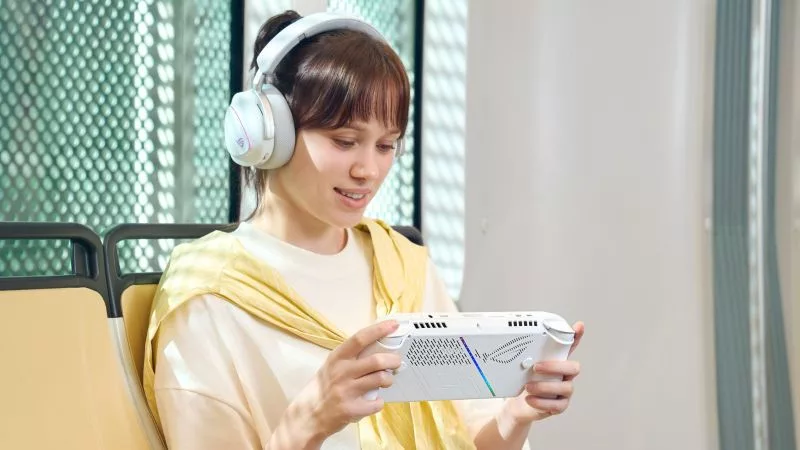
Which ROG Xbox Ally to give the gamer in your life this holiday
The powerful, portable ROG Xbox Ally is the perfect gift for any gamer who wants to take their favorite games everywhere they go.

The best accessories to supercharge your ROG Xbox Ally
Here’s the must-have gear that’ll catapult your ROG Xbox Ally gaming to the next level.
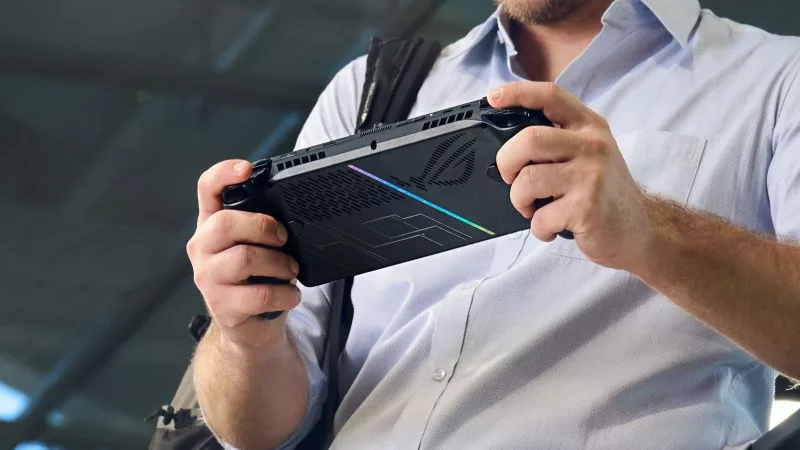
How to extend the battery life of your ROG Ally or ROG Xbox Ally
The ROG Ally’s compact, lightweight form factor allows you to play all your favourite modern games anywhere you go. Here are a few tips to extend your game time as long as possible.
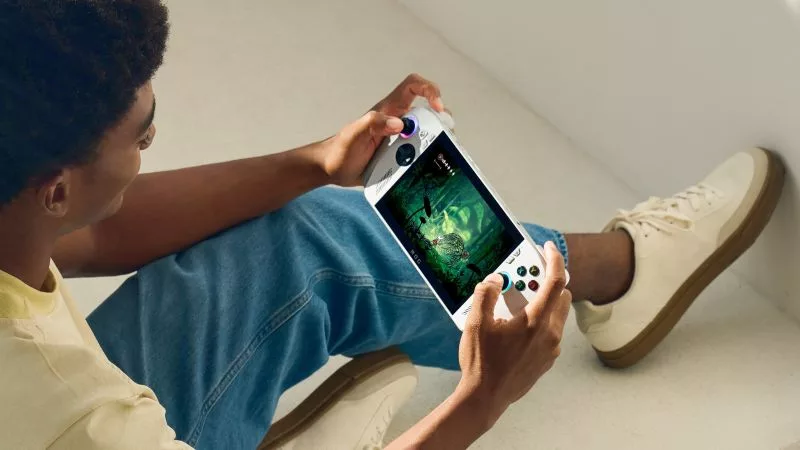
How to boost gaming performance on the ROG Ally or ROG Xbox Ally
The ROG Ally is a true Full HD handheld ready to make your games look better than ever. Here's how to maximise its performance.
